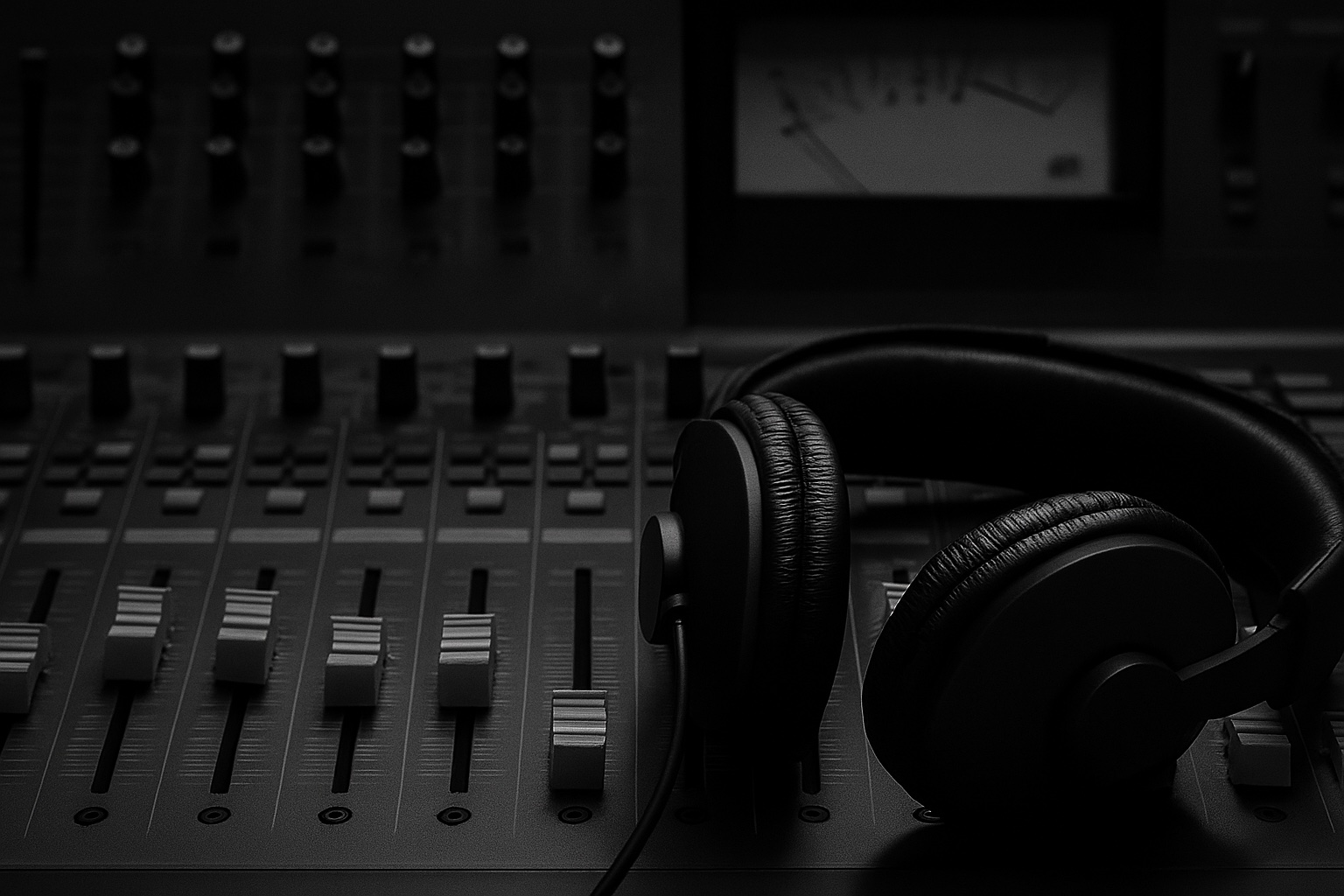
Why modern music just sounds… worse? The Loudness War explained
by Kai Ochsen
There was a time when turning up the volume on your stereo made a song feel bigger, more alive. The quiet parts whispered, the loud parts roared, and between them lived the emotional heart of music. But somewhere along the way, the art of dynamics got lost in a race toward something else, something flatter, louder, more uniform. And so began the so-called Loudness War.
You don’t need a mixing console or golden ears to notice it. If you’ve ever wondered why songs from the '70s or '80s sound so rich and powerful while today's chart-toppers feel like a wall of relentless sound, this is it. The Loudness War isn't just about technical production. It’s a cultural shift, one that’s quietly (ironically) turned music into something more fatiguing and less expressive.
The rise of loudness
The problem didn’t start all at once. In the early days of radio, engineers realized that louder songs tended to grab attention. More volume, more impact. So labels and producers began pushing for their singles to sound louder than the competition. But analog limitations, especially with vinyl, kept things somewhat in check. You could only go so far before your record would literally jump out of the groove.
Then came the CD era. With digital audio, the limits were lifted, or at least seemed to be. Suddenly, producers had the freedom to push everything to the max. Compression became the weapon of choice: flattening the dynamics, boosting every sound to hit just as hard as the last. The result? Tracks that shouted instead of sang.
This shift didn’t just change the way music was produced. It changed the way we listened. When everything is loud, nothing feels loud. You lose the tension and release that makes music memorable. The quiet verse no longer sets up the explosive chorus, it just blends into the same dense wall of sound. Over time, your ears get tired. You don’t even realize it. You just feel like turning it off.
Music becomes less a journey and more of a sonic assault. Even casual listeners pick up on it, even if they don’t know the terminology. There's something missing, some emotional nuance that makes you replay a song, feel a chill, or remember where you were when you heard it.
Breaking point and fallout
A prime example of this came in 2008, when Metallica released Death Magnetic. Fans noticed something was wrong. The sound was harsh, overdriven, almost broken. It turned out the album had been mastered with so little dynamic range left that digital clipping, a kind of unmusical distortion, was baked into the final product. It was so bad that fans preferred the version ripped from the Guitar Hero video game, which hadn’t gone through the same destructive mastering process. That’s when even casual listeners started to understand just how far things had gone.
What’s ironic is that music used to be measured in emotional highs and lows, dynamic storytelling crafted with sonic intent. With modern over-compression, many of today’s pop and rock songs end up sounding like they were produced on an assembly line. Nothing stands out. Even the most carefully written melodies and lyrics struggle to break through the uniform loudness. It’s like trying to whisper in a crowded stadium.
You might think the rise of streaming platforms would fix things. Services like Spotify and Apple Music normalize volume levels, meaning there's no real benefit to being louder anymore. But the habits remain. Old industry logic dies hard, and many modern producers still go for maximum loudness because that’s what they’ve been taught to deliver. "Radio-ready" still too often means compressed to within an inch of its life.
There's also the psychological factor. Louder tracks feel more aggressive, more immediate. They sound better at first blush, especially on cheap earbuds or car stereos. But the illusion fades fast. As the listener's brain adjusts, the fatigue sets in.
It’s not about being a purist. It’s not about nostalgia either. It’s about how music communicates. When the emotional arc of a song is flattened, it loses its story. It loses its soul. What used to be a conversation with the listener becomes a shout, and eventually, just noise.
But there are signs of life. Vinyl’s resurgence has brought back a respect for dynamics. So has the rise of independent artists and producers who have more freedom to create without commercial pressure. Some of the best records in recent years have embraced space, subtlety, and quiet.
Even in genres like hip-hop and electronic music, where power and punch are key, there’s a growing awareness that louder doesn’t mean better. There’s a new generation of producers who’ve rediscovered the beauty of restraint. They're bringing back depth, layering, and yes, silence.
Because sometimes, silence is just as powerful as sound, if we let it be.